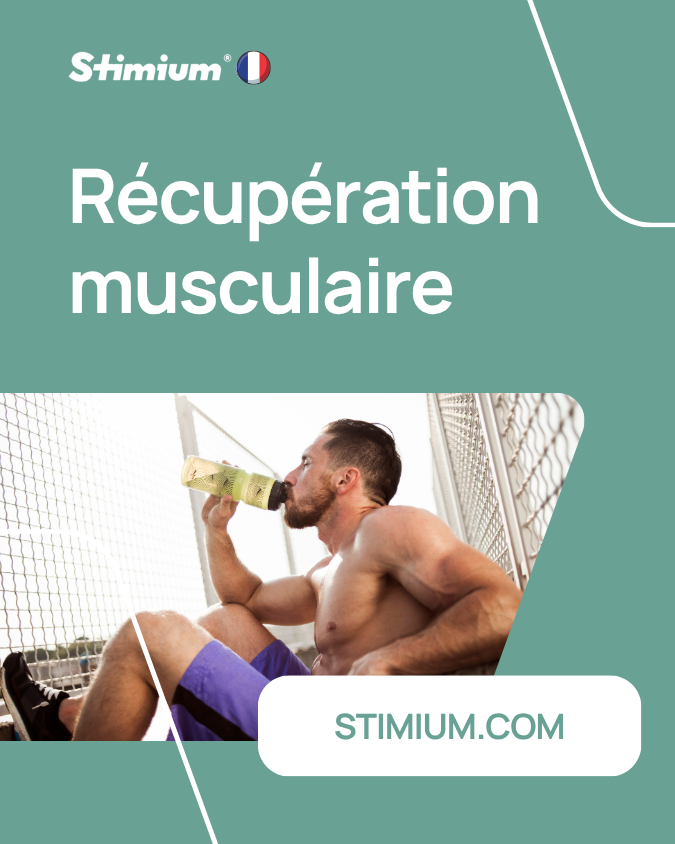Mastering Triathlon Swimming – Tips and Techniques
Triathlon swimming tips and techniques are essential to excel in this demanding discipline. Here are some key tips that will help you prepare for and improve your swimming performance during a triathlon competition. These tips include warming up before the race, choosing your start strategically, kicking techniques, drafting, observation, and positive thinking. By incorporating these tips into your training, you will be able to master triathlon swimming and optimize your performance.
Key points to remember:
- Warming up before the race is essential to prepare your body for the effort.
- Strategic positioning during the start will allow you to swim more efficiently.
- Correct foot kicks are essential to maintaining good propulsion and body position.
- Drafting can help you swim faster and save energy.
- Observing your surroundings is essential to staying on course and avoiding getting lost.
Tip #1: Warming up
Before the race, it is essential to warm up properly to prepare your body for the effort. A good warm-up helps stimulate blood circulation, prevent cramps and prepare your muscles for the day ahead. Take the time to feel the temperature of the water, adjust your equipment and do a few movements to warm up your muscles. This will help you improve your performance and avoid injuries.
Warming up is an essential step in pre-race preparation in triathlon swimming. By increasing your body temperature and activating your muscles, you prepare your body for the effort that awaits it. Before diving into the water, take a few moments to feel the temperature of the water. This will allow you to adapt to the environment and better anticipate the feeling when you start swimming.
Next, take the time to adjust your equipment. Check to see if your swimming goggles fit properly and that there are no leaks. Also make sure your swim cap is positioned correctly to prevent it from slipping while running.
Once equipped, start with some light movements to warm up your muscles. Perform arm rotations, leg movements and stretches to prepare your joints and muscles for exercise. Don't hesitate to do a few laps of the pool at moderate intensity to gradually increase your heart rate and stimulate blood circulation.
By regularly practicing a complete warm-up adapted to your needs, you will reduce the risk of injury and optimize your performance in triathlon swimming. Take care of your body and give it time to prepare before each race. Your body will thank you by performing exceptionally well.
Tip #2: Choose your departure
Choosing your starting position wisely is crucial to effective triathlon swimming. Evaluate your skills and goals to decide whether you should position yourself at the front, middle or back of the starting group. Staying at the back or side may be best if you are not comfortable swimming. Starting too far forward can be dangerous and lead to obstacles. Be aware of turns at the buoy and swim wide to avoid crowding. Strategic positioning will help you avoid stressful situations and swim more freely.
For a successful starting strategy, first assess your swimming level and running goals. If you are an experienced swimmer and aiming for a high performance, you might consider positioning yourself at the front of the starting group. This will allow you to take advantage of the aspiration of the swimmers in front of you and get a good start.
However, if you are new to swimming or your main goal is simply to finish the race, it may be safer and less stressful to position yourself at the back or side of the starting group. This will prevent you from finding yourself in the middle of the fray and taking hits or potential obstacles.
Tips for a strategic start:
- Study the swim course carefully and identify buoy turns or landmarks to orientate yourself correctly.
- Swim wide to avoid crowding and physical contact with other swimmers.
- Stay calm and focused during the start. Don't get carried away by the excitement and adrenaline.
- If you are unsure about which starting position to choose, ask experienced swimmers or coaches for advice.
- Practice different starting strategies during your training sessions to find the one that best suits your swimming style and goals.
By choosing your start carefully and adopting an appropriate strategy, you will be able to swim more efficiently, minimize stress and maximize your triathlon swimming performance.
Tip #3: Kicking
Kicking is a crucial aspect of triathlon swimming. To optimize your performance, it is essential to give stable, light and regular beats. These beats ensure adequate propulsion and effective body position in the water. It is important not to exaggerate the kicks and to initiate them from the thighs rather than the knees. This will help you maintain good torpedo form, which is essential for reducing resistance in the water.
Harmonious coordination between arm movements and foot kicks is also necessary. By synchronizing these two actions, you will fully exploit the power generated by your legs and your body, while saving energy for the other events of the triathlon.
Practicing kicks correctly will allow you to optimize your power and hydrodynamics in the water. This technical aspect is often overlooked but can make a real difference in terms of speed and efficiency in triathlon swimming. By incorporating specific kick-focused training into your training program, you will develop this essential skill and improve your overall triathlon swimming performance.
Tip #4: Drafting
Drafting, or gliding through the water behind another swimmer, can be beneficial in triathlon. Although drafting is generally prohibited in long distance triathlons on the bike, it is allowed in the water.
By following another swimmer, you benefit from a water current created by their swimming, allowing you to swim more efficiently and save energy.
Drafting can be used strategically to optimize your performance in triathlon swimming.
Tip #5: Observation
Observation is an essential skill in triathlon swimming. To optimize your performance, it's important to keep an eye on your direction and spot landmarks to follow, such as buoys or distinctive shapes.
To develop this skill, we recommend that you regularly practice raising your head above the water during your training sessions. By being aware of your surroundings and orienting yourself correctly, you will avoid getting lost while swimming in open water.
Observation will also allow you to make strategic decisions, like adjusting your trajectory to avoid obstacles or finding the best path through crowds of swimmers. By integrating the observation technique into your training, you will improve your ability to navigate effectively and optimize your performance in triathlon swimming.
Tip #6: Use of food supplements during and after exercise
To optimize your performance in triathlon swimming, the use of dietary supplements can play a crucial role. During exercise, it is recommended to integrate our Boost Powder Stimium into your routine. This specific product will provide you with the energy necessary to maintain an optimal level of performance throughout the swim.
After exercise, choose MC3 Stimium and RGN3 Stimium to promote rapid and effective recovery. These dietary supplements are designed to reduce muscle fatigue, promote cell regeneration, and support your body's overall recovery after the intense effort of triathlon.
By including these food supplements in your nutritional strategy, you will be able to maximize your results in triathlon swimming and improve your ability to successfully complete events. Remember to consult a healthcare professional or nutritionist to tailor these recommendations to your specific needs.
FAQs
Why is warming up important before a triathlon swim race?
Warming up before a triathlon swim race is essential to prepare your body for the effort. This helps stimulate blood circulation, prevent cramps and prepare your muscles for the day ahead.
How to choose your starting position wisely in triathlon swimming?
To choose your starting position wisely in triathlon swimming, evaluate your skills and goals. If you are not comfortable swimming, staying back or on the side may be best. Be aware of turns at the buoy and swim wide to avoid crowding.
What are the keys to effective kicks in triathlon swimming?
For effective kicks in triathlon swimming, give stable, light and regular kicks coming from the thighs rather than the knees. Maintain good torpedo form and coordinate arm movements with kicks.
What is drafting and how can it benefit triathlon swimming?
Drafting is gliding through the water behind another swimmer. By following another swimmer, you benefit from a water current created by their swimming, allowing you to swim more efficiently and save energy.
What role does observation play in triathlon swimming?
Observation is an essential skill in triathlon swimming. It's important to keep an eye on your direction and spot landmarks to follow, such as buoys or distinctive shapes. This will allow you to orient yourself correctly and optimize your performance in triathlon swimming.







